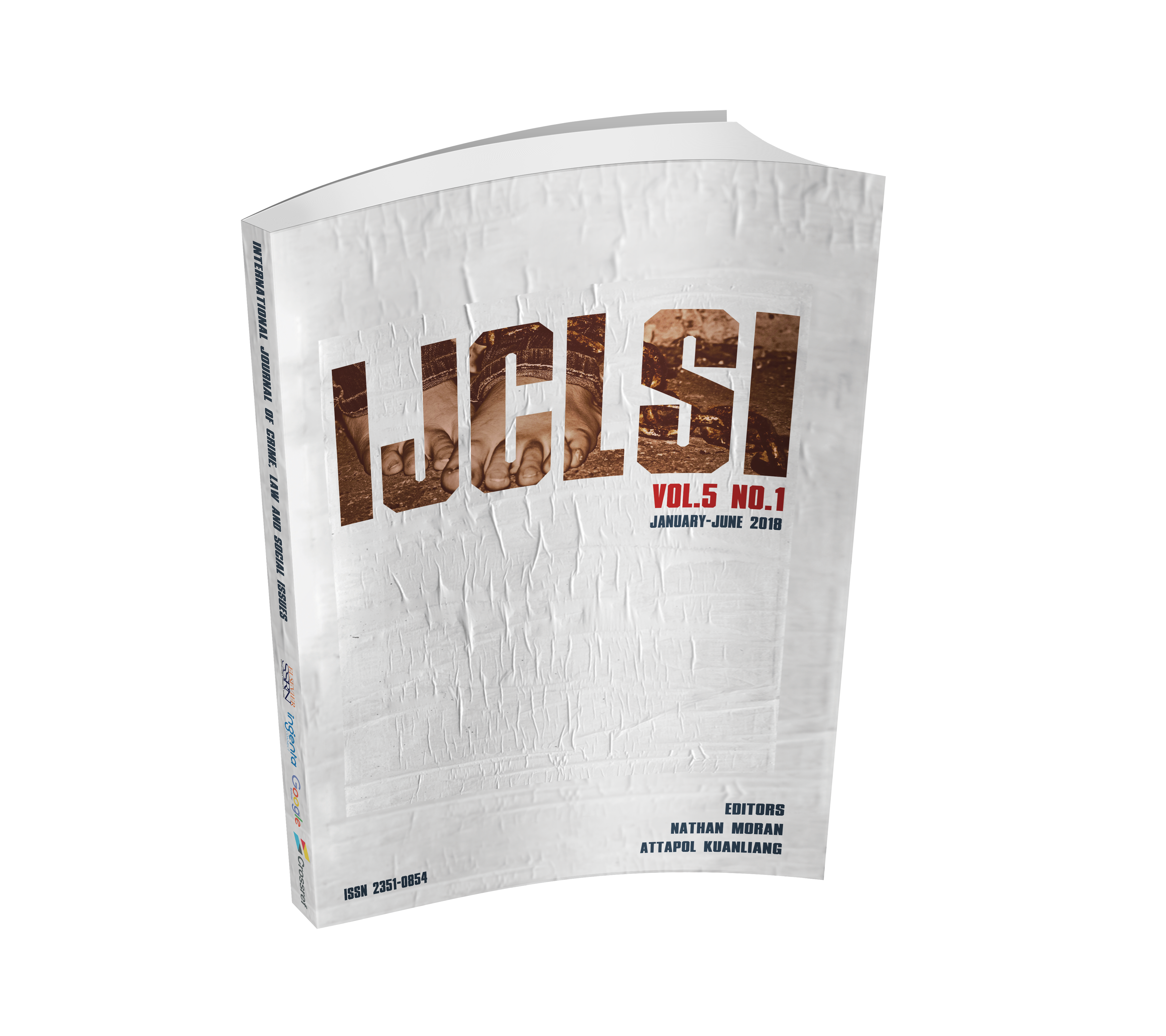Adopting Community Policing toward Neighborhood Engagement to Reduce Crime Fear in the Central of Thailand
Keywords:
Community Policing, Public Support Service, Fear Reduction, Social EngagementAbstract
This article provides readers with an overview of fear rely on crime perspectives derived from people lived permanently in a central area of Thailand where the crime rates have been increasing dramatically in a decade. The research aims to investigate how social and policing aspects affected those fear level. For the methodology, the researcher applied quantitative techniques to conduct the study with questionnaire of 409 samples represented 4,827 neighbors. The one-way analysis of variance (ANOVA) is utilized to determine significant differences among demographic independent groups and crime fear as a dependent variable. Moreover, the regression analysis is selected to examine a model with key factors from social engagement between a community and a police agency. First, the result exposes that demographic data - age, income, and length of stay - are significantly associated with the crime fear among the neighborhood by mean square within subject variances are 0.959, 0.634, and 0.633 respectively. The second finding shows that fear could be found an implication with factors related social interaction, including social cohesion and even police services by about 19.3 percent. To conclude, long-term residents who mostly provide contributions to public activities tend to feel safer. In addition, public services authorized local police to get in touch a neighborhood and to influence people with high confident during daily lives among others who are commuting in and out their living space.
Downloads











.png)


